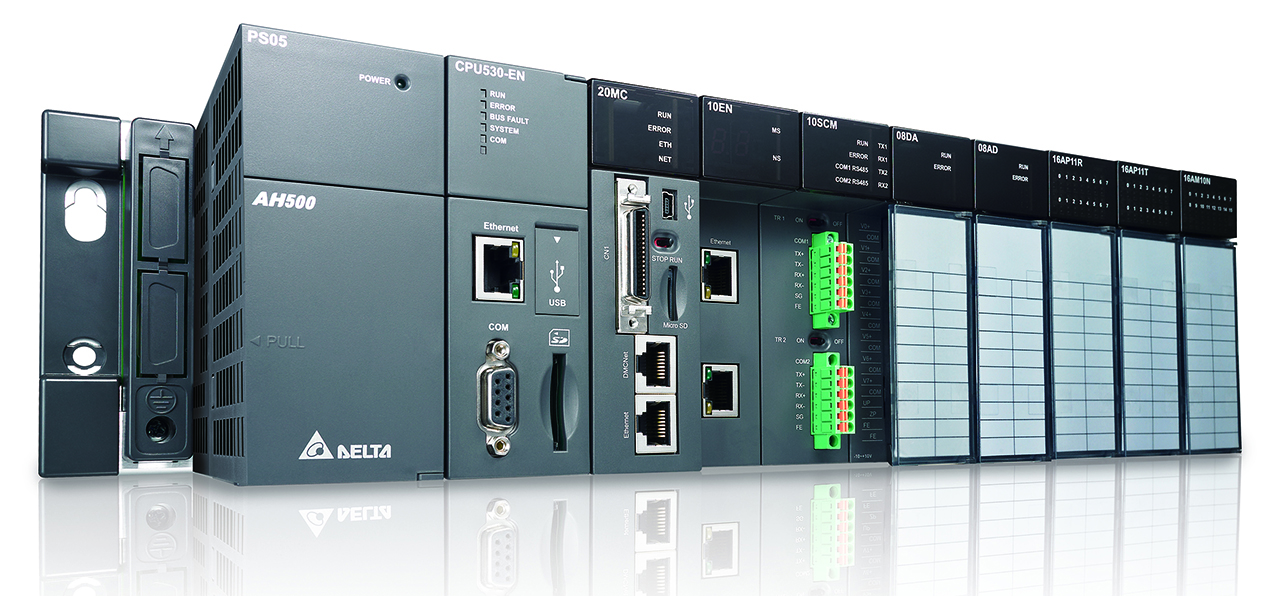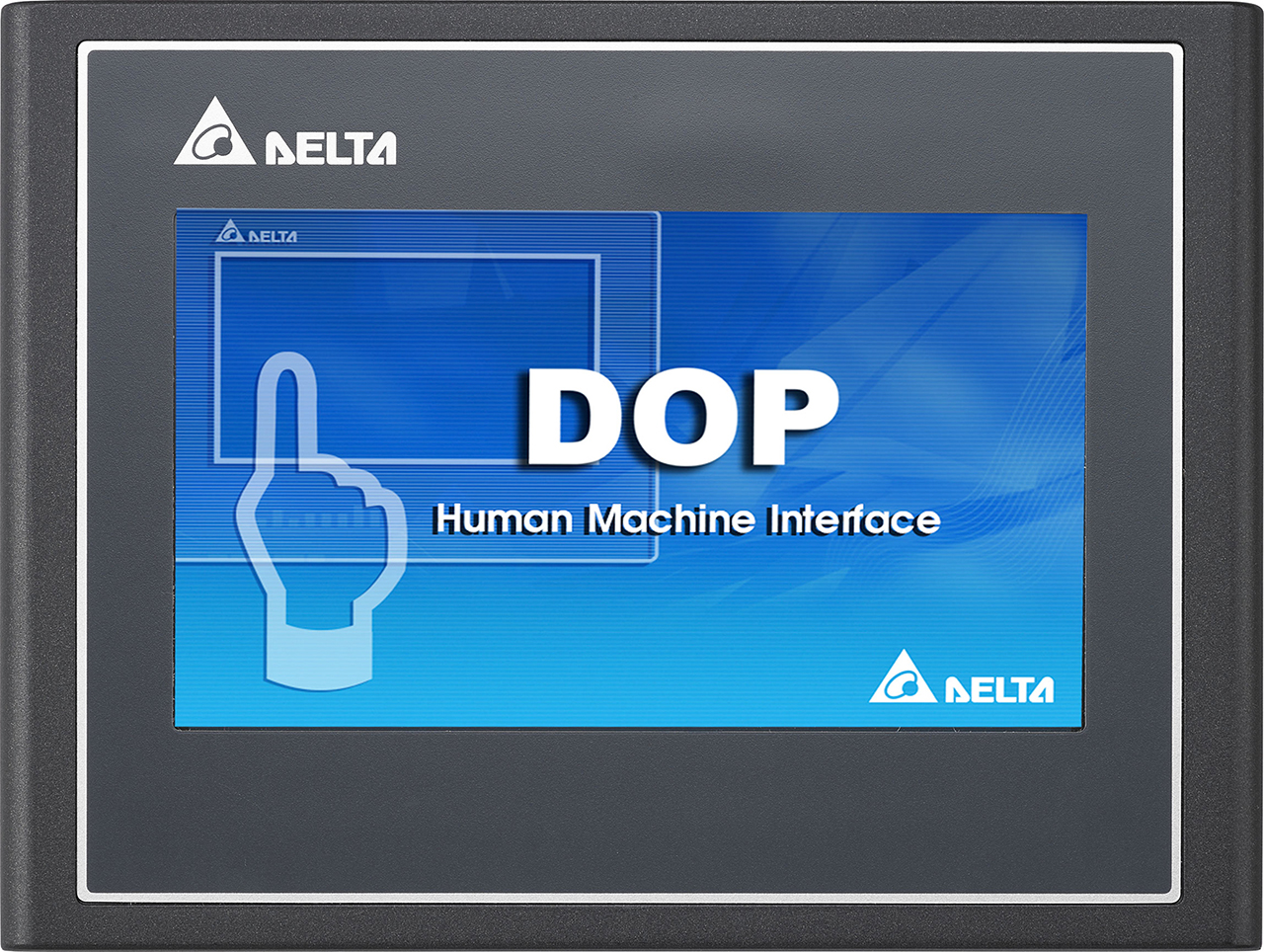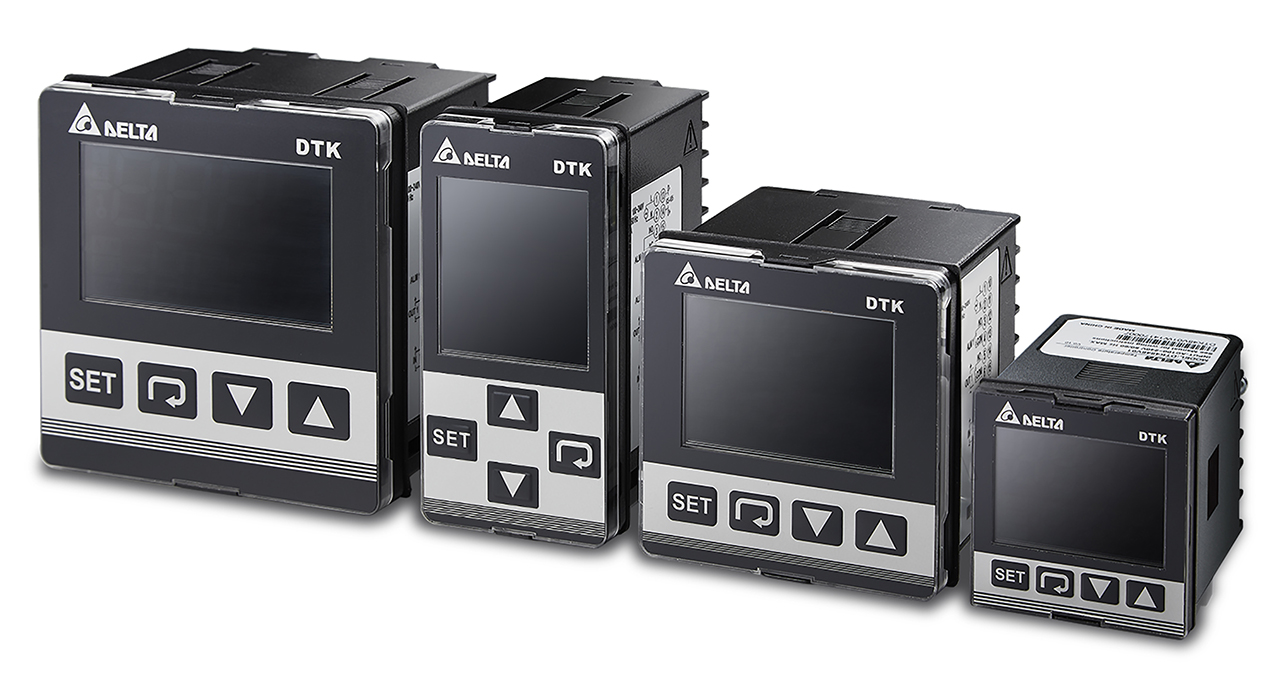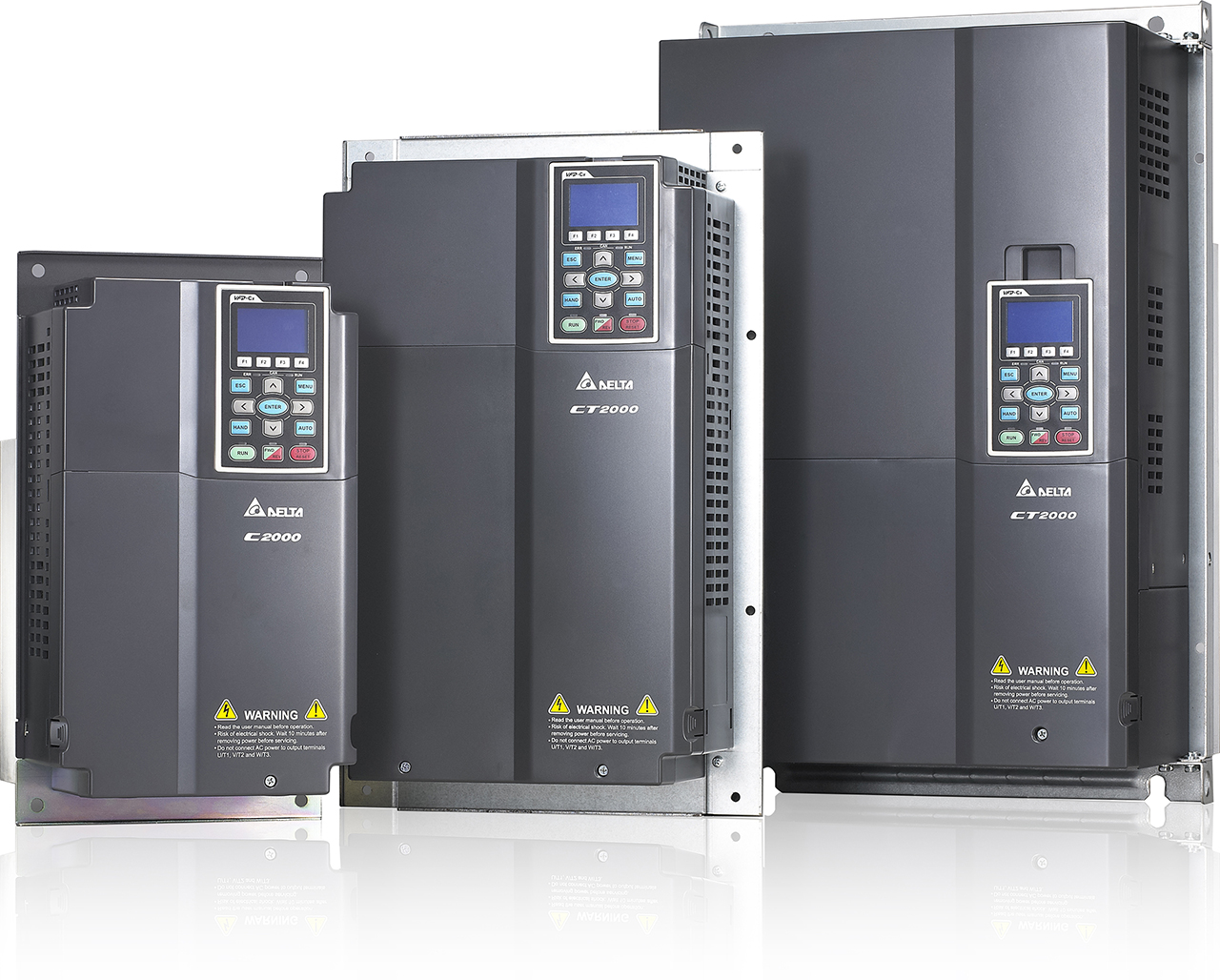With the government giving a huge thrust to the Indian textile sector and taking aggressive steps to increase localised manufacturing and exports, the textile sector will be required to accelerate automation adoption to meet the demand for volume and high-quality products, asserts B K Bhayana, Product Manager- Drives (Industrial Automation Solutions), Delta Electronics India. In this insightful interview, he shares details about how some specific and niche segments will add to automation growth in the textile industry and discusses the pain points and challenges in the sector.

What are the current trends and demands emerging in the Indian textile space?
The Indian textile industry has bounced back strongly after the slowdown caused by the pandemic and lockdown. Since September, demand trends have been very encouraging — in fact, they are even higher than the pre-pandemic period. Initially, the rise in demand was attributed to pent-up demand due to lockdown followed by the festival season. However, the demand has sustained. Q1 2021 is looking promising and we are expecting to achieve strong growth in 2021.
How important is the textile sector for Delta Electronics India? Could you elaborate about the company’s products in this space?
Textile plays a major role in the economy of the country — the sector contributes 2% to India’s GDP, 7% of the industry output in value terms and 12% of the country’s export earnings. It is also the second-largest employment generator for the country. For Delta Electronics India, which has a wide range of automation solutions at the machine, factory and process level, the sector is very important. As the sector continues to grow and focus on exports, automation will naturally see faster adoption. Also, there is a huge market for the automation and modernisation of old machines. We are very bullish on the opportunities in the sector and are well-equipped to meet the unique requirement of the entire value chain right from machine-makers to end-users who have retrofitting requirements. We offer programmable logic controllers (PLCs), human machine interface (HMI), industrial robots and textile vector control drive to provide advanced automation solutions for the industry.

In your view, has the pandemic accelerated the automation trend?
Automation was already on the rise in every industry. The pandemic has further strengthened its case and accelerated its usage as automation can reduce the risk of production disruptions. Further, automation can help fulfil the demands of social distancing by reducing the labour required. This has catalysed the adoption of automation at a significant pace.
Are the recent government initiatives triggering growth of automation in the textile segment?
The government is giving a huge thrust to the Indian textile sector. In this year’s Union Budget the government announced its plan to set up seven textile parks on over 1,000 acres of land in about three years. These mega initiatives are focused to increase exports and put India on the global map, competing against Vietnam and China. As the exports increase, the demand for volume and quality will go up. This will automatically require more and more automation. With these government initiatives, apart from the conventional segment, the automation demand will be seen from a very specific and niche segment within the textile sector. For example, especially engineered thread used in the tyre industry. These manufacturers are now looking at exports and doubling their capacity. Another example is special fabric used in fishing net. These manufacturers are also expecting to triple their production to meet export requirements. Clearly, there is a huge scope and opportunity for automation in the sector in the coming years. Automation will actually power the Indian textile growth story.

How well is Delta Electronics India placed to tap into the upcoming automation boom? What will you define as the company’s USP for the textile sector?
Apart from a solid product portfolio targeted at the sector, we have extensive presence and experience in the markets of Bangladesh and India. We serve a wide range of machine-makers in Surat, Ahmedabad, Ludhiana, Coimbatore and Tripur and cater to the need for advanced automation. In fact, 70% of sweater knitting machines in Ludhiana are powered by our drives. We are totally committed to the vision of Make in India. With a strong and continual focus on research and development, we launch new products every year. An increasing number of our products are being manufactured in India. Further, we are coming up with a manufacturing unit in Krishnagiri, Tamil Nadu which will be equipped for end-to-end manufacturing and will meet domestic as well as export requirements.
Could you illustrate the benefits derived from automation with a case study?
One of our customers was using the conventional old ring frame machine and was facing issues related to reduced productivity and wastage. Using our drive for the ring frame machine, the company was able increase productivity by 15-20% and bring down wastage by 5-10%. Similar benefits are registered by manufacturers using Delta Electronics India’s solutions for several conventional machines such as carding machine, combing machine, circular knitting machine, sweater knitting machine, etc. Apart from this, automation proves really beneficial in textile printing as it provides the required accuracy and precision.

According to you, what are the key customer pain points in the sector? How does your company address them?
Some of the major pain points for the sector are relying on labour-intensive manufacturing processes, leading to errors and delays; usage of standard drives increasing failure rate; and KVA-based tariff. To address these key issues, Delta Electronics India offers PLC for high-speed, highly reliable production, textile specific drive and power quality products. Apart from the conventional pain points, some emerging challenges are automatic pick-and-place, transportation from one unit to another and efficient loading-unloading. We work closely with customers to understand their business needs and requirements and offer them a customised solution, such as an automated conveyor, robot gantry, etc.

In your view, what are the major challenges in the Indian textile sector currently?
In terms of automation, the biggest challenge with the Indian textile sector is what I call the induction effect. Till the time the customer doesn’t demand, companies don’t invest. However, the barriers are now breaking as we go global. Customers are increasingly demanding automation to meet quantity and quality requirements as well as to reduce the manpower. We expect to see huge momentum in automation in the next two years.
Could you share your vision and future growth plans?
We are targeting three times the revenue in five years for automation. For the textile division we are planning to expand our presence and gain a stronger foothold in Sri Lanka.